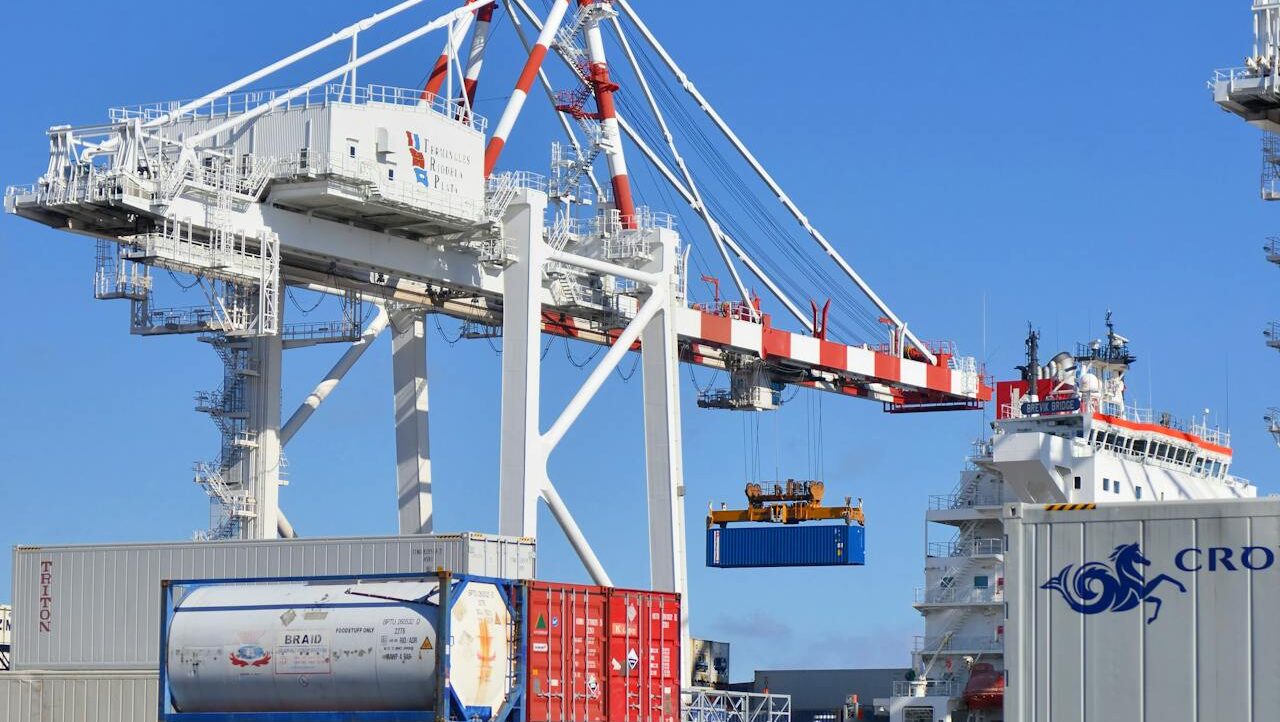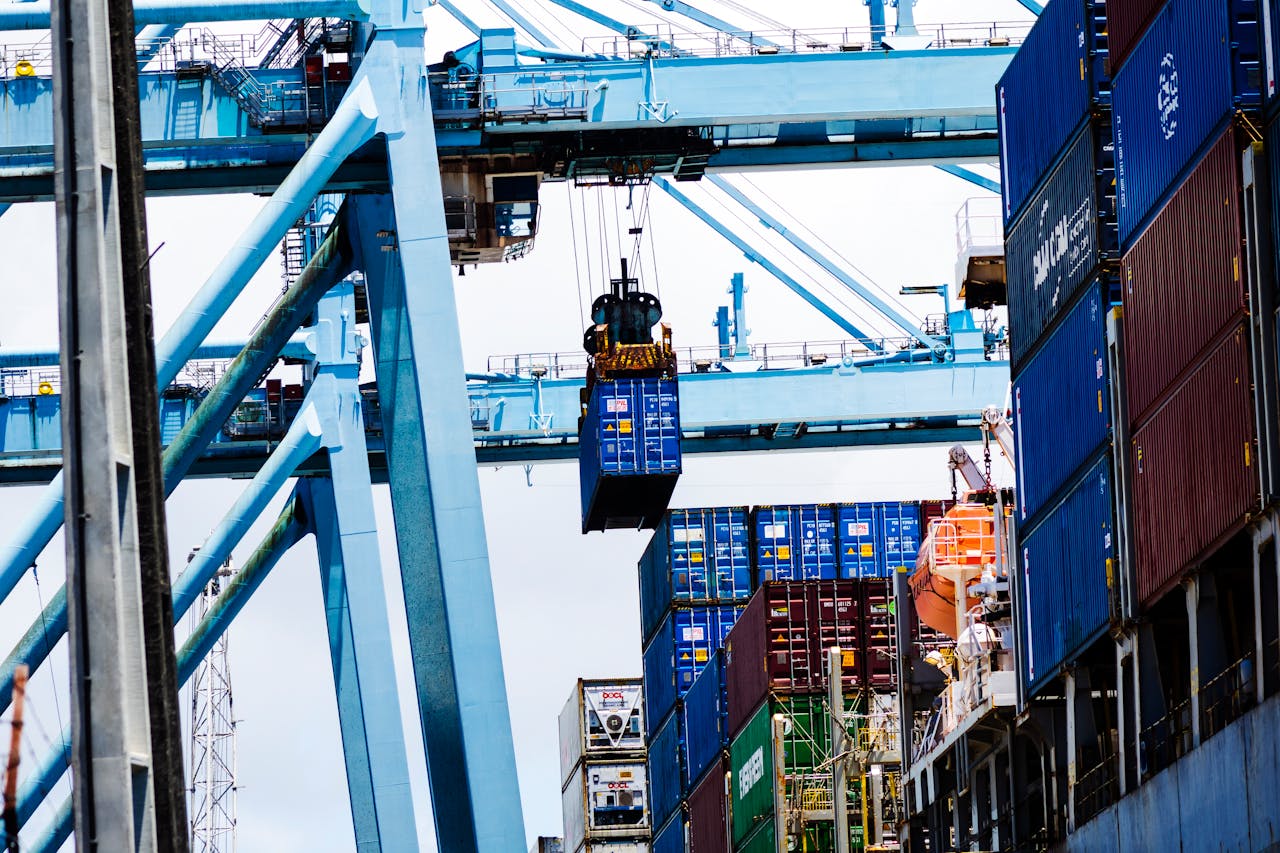Key Takeaways
✔ Most container ships unload in 24–48 hours under normal conditions.
✔ Ship size and congestion are the biggest time factors.
✔ FCL shipments unload faster than LCL due to less handling.
✔ NYC ports face unique congestion and traffic delays that businesses must plan for.
✔ Partnering with a local drayage company helps reduce overall delays.
The speed of unloading a container ship directly impacts your supply chain efficiency — and for businesses importing through NYC ports, every hour counts.
Whether you’re moving full container loads (FCL) or less-than-container loads (LCL), understanding how long unloading takes can help you plan inventory, manage costs, and prevent delays. Let’s break down the process, average timelines, and what factors influence how fast your cargo gets from ship to shore.
Table of Contents
Understanding Container Ship Unloading
When people ask, “how long does it take to unload a container ship?” the answer depends on more than just pulling containers off with cranes. The process includes:
- Docking the vessel
- Positioning cranes and equipment
- Lifting containers onto trucks, trains, or yard stacks
- Clearing customs and moving freight inland
With the average number of containers on a cargo ship ranging from 10,000 to over 20,000, unloading freight is a massive logistical effort that requires precision and planning.
How Long Does It Take to Unload a Container Ship?
Under normal conditions, a standard container ship carrying 10,000 containers can be unloaded in about 24–48 hours. Smaller ships may finish in less than a day, while mega-ships at congested ports can take several days.
In busy hubs like NYC, unloading cargo ships isn’t just about speed — it’s about coordination between terminals, customs, trucking companies, and drayage providers.

6 Factors That Influence Unloading Time
1. Normal Conditions
When weather is clear, labor is fully staffed, and port traffic is manageable, ships can be unloaded within expected timelines. These “smooth sailing” conditions are what most shipping estimates are based on.
2. Ship Size
The bigger the ship, the longer it takes. Mega-ships carrying 20,000+ containers require additional cranes and extended time at berth compared to smaller feeder vessels.
3. Port Congestion
At busy ports like NYC, congestion is one of the biggest delays. Ships may have to wait hours — sometimes days — for an available berth. Once docked, yard space and truck availability also add to delays.
4. Equipment & Labor
Advanced ports with high-capacity cranes and automated stacking systems move freight significantly faster than those relying on outdated or understaffed equipment.
5. Container Type (FCL vs. LCL)
- FCL (Full Container Load): Easier and faster to unload since containers move directly to inland transport.
- LCL (Less than Container Load): Requires sorting and consolidation, which slows down handling and delivery.
6. Technology
Automation, digital cargo tracking, and AI-powered port management are transforming unloading efficiency. Ports leveraging these technologies can shave hours off unloading freight compared to traditional methods.
Quick Facts: Cargo Ship Unloading
- Average unloading time: 24–48 hours for a standard ship
- Mega-ships: May take up to 3–4 days in congested ports
- NYC-specific delays: Often tied to traffic and customs clearance
- FCL vs. LCL: FCL is always faster
Biggest bottleneck: Port congestion and limited yard space
Average Number of Containers on a Cargo Ship
Cargo ships vary in size, but understanding their capacity helps explain unloading timelines:
- Small feeder ships: 1,000–3,000 containers
- Standard Panamax ships: 5,000–10,000 containers
- Ultra-large container vessels (ULCVs): 18,000–24,000 containers
The more containers on board, the more time and equipment needed — which is why NYC ports prioritize efficiency and partnerships with drayage providers to keep freight moving.
What Businesses Should Expect When Shipping to NYC
For companies importing into NYC, port activity is fierce and competitive. Seasonal surges, customs processing, and traffic add layers of complexity to unloading cargo ships.
Working with an experienced drayage company ensures that once your freight is unloaded, it doesn’t get stuck waiting for transport. Timely drayage is critical to maintaining supply chain flow and meeting customer expectations.

Frequently Asked Questions | Cargo Ship Unloading & Freight Timelines
How long does it take to unload a container ship under normal conditions?
Most container ships are unloaded within 24 to 48 hours. Smaller vessels may finish in less than a day, while mega-ships with 20,000+ containers can take several days. The timeline depends on crane availability, labor, and terminal efficiency. Modern, well-equipped ports typically operate faster than congested or under-resourced ones.
What’s the difference between unloading FCL and LCL shipments?
FCL (Full Container Load) shipments are faster to unload since the entire container moves as a single unit. LCL (Less than Container Load) requires sorting and separating multiple shippers’ cargo. This process adds hours or even days to delivery. Businesses often save time by choosing FCL whenever possible.
How many containers can be unloaded in an hour at a busy port?
Modern cranes can move 25–30 containers per hour. Large ships usually use several cranes at once, allowing hundreds of containers to move in an hour. However, yard space, customs, and trucking availability often reduce real throughput. In NYC, logistical bottlenecks are just as important as crane speed.
Does port congestion in NYC significantly affect unloading freight?
Yes, port congestion is one of the biggest causes of delays. Ships may wait hours or even days for a berth during busy periods. Congestion also strains yard space and trucking, adding to delivery setbacks. For businesses, this can mean higher costs and slower supply chains.
How can businesses reduce delays when importing cargo to NYC?
Companies can minimize delays by working with experienced drayage providers. Booking trucking and container pickup slots in advance is key. Choosing FCL over LCL also helps reduce handling time. Real-time tracking and planning for seasonal surges further improve reliability.
Partner With Drayage Company By Best for Smooth Freight Unloading in NYC
The time it takes to unload a cargo ship depends on ship size, port congestion, container type, and available technology. For businesses shipping through NYC, these variables can make or break delivery schedules.
Drayage Company By Best helps businesses streamline freight movement from port to final destination. With local expertise and efficient trucking solutions, we ensure your containers don’t just get unloaded — they get delivered on time.
Ready to move your freight faster in NYC? Contact Drayage Company By Best today and keep your supply chain running smoothly.
